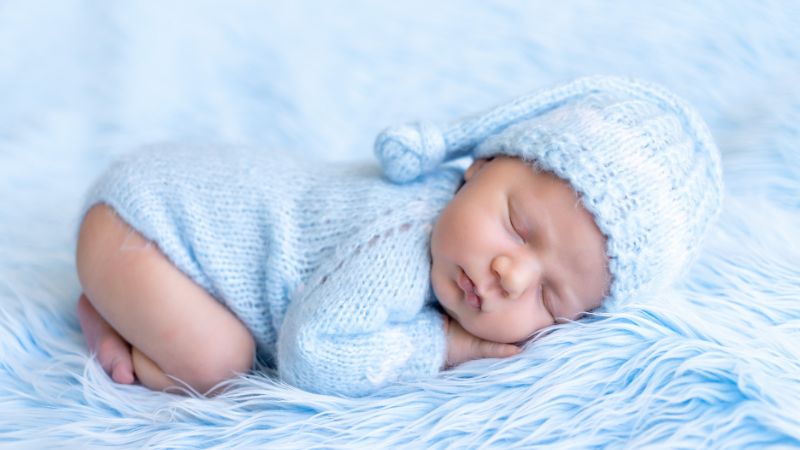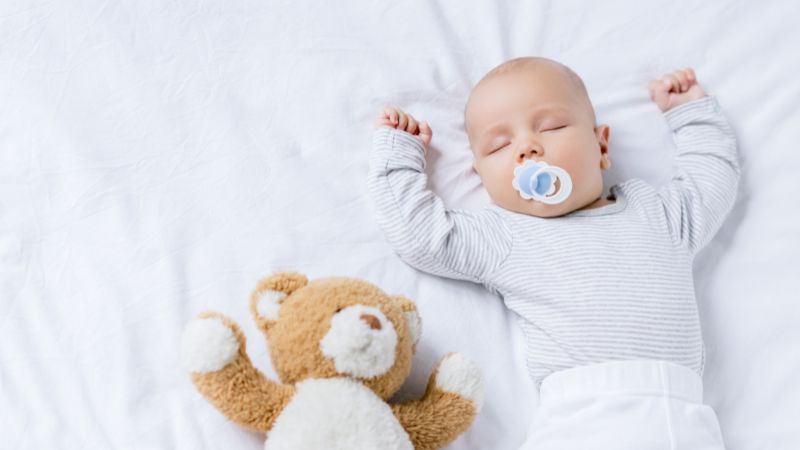Along with genetic factors, growth hormones during the developmental stage also play a crucial role in a child’s height. These hormones are mainly stimulated and released during deep sleep at night. Therefore, they also have an impact on a child’s height.
However, certain sleeping positions can make a child uncomfortable, prone to waking up, and affect the development of the spine, bones, and overall height. Let’s take a look at 3 sleeping positions that can affect a child’s height and should be avoided!
1 3 sleeping positions that can affect a child’s height
Crisscross sleeping
Some children prefer to sleep in a crisscross position, but this sleeping position causes uneven blood circulation in the legs and can also affect the curvature of the leg bones and the misalignment of the outer muscles, leading to a decrease in overall height if this sleeping position is maintained.
If a child sleeps in this position, parents can place an additional pillow between the two legs to reduce the harm to the body.
 Crisscross sleeping
Crisscross sleeping
Sleeping face down
Sleeping face down is a common sleeping position for many young children, but this sleeping position can cause difficulty breathing, shortness of breath, and put pressure on the heart, making it difficult for the child to have a deep sleep and prone to waking up, affecting the stimulation of growth hormones. In addition, sleeping face down also harms the digestive system and reduces the ability to absorb nutrients, hindering growth.
Sleeping face down causes the child’s spine to not maintain a straight posture, so after waking up, it can cause pain, discomfort, and soreness in the neck and spine due to being bent all night.
 Sleeping face down
Sleeping face down
Twisted sleeping
Some children have a sleeping posture as if they are playing acrobatics on the bed, with their face tilted to one side but inside the blanket, while the lower part of their body lies face up and vice versa. Sleeping twisted like this is not good for the child’s lower back muscles, can cause spinal damage, curvature, and significantly affect height.
When a child sleeps twisted, parents can stabilize with a pillow to relax the child’s spine.
 Twisted sleeping
Twisted sleeping
2 The best sleeping position for a child’s height development
The best sleeping position for the height and normal development of young children is lying on their back. This position helps improve height most effectively, allowing the joints and muscles to relax completely without compression or pressure.
When sleeping in this position, children will maximize their height development thanks to lying on their back, their body straight, arms and legs extended, and good blood circulation.
However, parents should use a suitable pillow for their child when lying on their back, ensuring that the curvature of the pillow fits snugly with the child’s neck and the back of their head.
 The best sleeping position for a child’s height development is lying on their back
The best sleeping position for a child’s height development is lying on their back
Above are the information about 3 sleeping positions that can affect a child’s height development and should be avoided, which all parents should know. Hopefully, this information will help parents take care of their children’s health and safety!





































